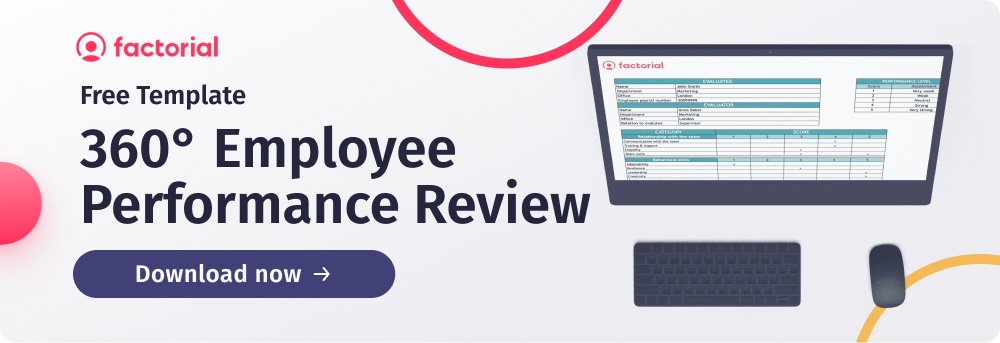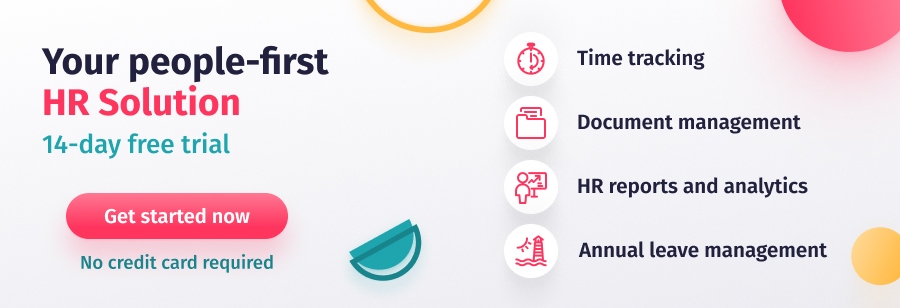Managing workload effectively is the secret sauce for anyone who wants to be productive in their role whilst avoiding stress and burnout. In this article, we’ll lay out some easy-to-follow hints and tips on workload management, whatever your role is – and take a look at why it’s so important.
Table of contents
- What is Workload Management?
- Why is Workload Management Important?
- 10 tips for Effective Workload Management
- How can HR Managers Support Workload Management?
What is Workload Management?
Workload management can apply to businesses, teams and individuals. On a business and team level, it refers to the strategic distribution of work amongst employees or team members to maximise efficiency, productivity and performance. This will often consider people’s skill levels and capabilities, as well as their seniority and pay scale, to ensure the business is operating efficiently. Effective workload management also minimises the risk of stress and burnout among teams.
Generally, workload management involves:
- Identifying tasks and prioritising.
- Allocating resources.
- Ensuring the resources are used effectively.
- Monitoring progress.
- Adjusting priorities and resources as needed.
- Meeting deadlines.
When it comes to individuals, workload management refers to the strategic distribution of work but it’s also down to self-management. You have to deploy yourself most efficiently and productively to achieve your goals.

Why is Workload Management Important?
Effective workload management can have a significant impact on productivity, job satisfaction, employee engagement and well-being. Workload being mismanaged and imbalanced can lead to teams becoming overwhelmed, resulting in decreased job satisfaction and increased absenteeism and turnover. A massive 83% of workers surveyed by Gitnux reported suffering from work-related stress, with 39% citing workload as the primary cause.
Heavy workload is associated with:
- Increased errors.
- Stress and burnout.
- Unhealthy work-life balance.
- Lack of engagement.
A management system that prioritises tasks and allocates resources effectively can have a significant impact. It allows individuals and teams to complete tasks faster and with fewer errors, boosting productivity. It prevents people from becoming overloaded or underworked. As a result, employees experience increased job satisfaction and organisations are better equipped to achieve their objectives.
10 Tips for Effective Workload Management
1) Create a to-do list and prioritise tasks
Make a list of all your tasks and prioritise them based on their importance and urgency. This can help you stay on top of what you need to do and when. There are a lot of different ways to categorise your to-do list. Some people opt for numerical ratings, while others use alphabetical or traffic light systems.
Others choose prioritisation matrixes that group tasks by looking at urgency and importance or effort and value. These can help you decide what to do now, do later, delegate or scrap altogether. The Eisenhower Matrix does exactly this by splitting tasks into when you should tackle them.

Remember, there is no right or wrong way to prioritise your to-do list! Just choose one that will work for you.
2) Map out a schedule
Once you have prioritised your tasks, map out a schedule for completing them. Allocate specific time slots for each task, and make sure you include breaks and downtime – no one can work flat out 24/7.
It is worth considering that humans often fall victim to ‘the planning fallacy’, where we’re often too optimistic and underestimate the time needed to complete a task. Even when we’ve done something similar before, our brains tell us we can do it quicker next time. It’s human nature!
3) Set realistic goals and targets
Like scheduling, it can be challenging to be accurate when setting goals and targets. It’s important to be realistic about what you can achieve in a given timeframe and not overcommit yourself.
The tried and tested SMART goals formula can be an incredibly helpful tool to keep you on track for achieving what you set out to do. SMART goals should be:
- Specific.
- Measurable.
- Attainable.
- Relevant.
- Time-bound.
4) Breakdown tasks into manageable chunks where possible
Taking on a big project or difficult task can be overwhelming. Sometimes it can feel insurmountable and it can be hard to see the wood through the trees.
When this is the case, try breaking your overarching task into smaller, more manageable micro-tasks with regular, achievable milestones. This should make getting started less daunting and making progress much easier. Tick off each micro-task as you go so you feel like you’re accomplishing something!
5) Use productivity tools
There are lots of tools and apps out there that can help you manage your workload, including task managers, time trackers and calendar apps. Productivity tools can help you to identify and prioritise tasks, monitor them and manage workloads for you and your team. They can be particularly helpful for improving collaboration amongst remote teams.
What’s important to remember, though, is that productivity tools don’t necessarily make you more productive. They support the execution of tasks and help us communicate, but when used incorrectly, they can make us less productive.
Tools like Trello or Jira empower employees to manage their workflow and keep on top of projects. It’s crucial to ensure your teams are trained to use them efficiently and to their full potential, otherwise, they can become more of a blocker!
6) Avoid multitasking
Contrary to popular belief, multitasking can reduce productivity. Not only that but research conducted at Stanford University revealed that multitasking may even damage your brain, reducing brain density over time!
The study found that multitasking reduces your efficiency and performance because your brain only has the capacity to focus on one thing at a time. It can also lower your IQ by up to 15 points, comparable to smoking marijuana or staying up all night.
So for optimum productivity and a healthy brain, focus on one task at a time and give it your full attention. Prioritising tasks can help with this, too.
7) Set boundaries
Ring fence your work time and your time. Skipping an important event or missing a gym session to work can harm your mental health and your productivity. Remember, your performance will be at its best when you are happy and healthy.
This can also mean learning to say no if you’re already overworked or at capacity. People with poor time management skills often over-commit themselves, say yes to things they don’t have time for and are left feeling overwhelmed. Trying to achieve too much then ends up negatively affecting productivity.
8) Take breaks
Taking a break from work can reduce or prevent stress, maintain performance and reduce the need for a long recovery at the end of the day. Micro-breaks, lunch breaks and longer breaks (anything from 5 to 60 minutes) can all help to refresh your brain and your body. They can also increase your energy, productivity and ability to focus.
What’s key here is taking a ‘purposeful’ break that gives your mind a proper rest. These can take the form of anything from walking in nature, listening to music, taking a shower, drawing and deep breathing. Bear in mind that scrolling through social media has the opposite effect. A recent study revealed that frequent social media users are less able to ignore distractions and have poorer cognitive performance.

9) Delegate where necessary
It’s no one’s job to do all the work, and people rarely work in isolation without the support of a team. If your workload is too heavy or you feel like another team member is better equipped to complete a particular task, consider delegating.
Teams accomplish more when they work collaboratively, and an environment where people feel happy to delegate to one another can help prevent burnout and stress. It is also a great way to encourage teamwork and build trust within a team.
10) Review and adjust when needed
What’s working? What isn’t? What would you do differently next time?
Workload management isn’t a one size fits all solution, and how you manage your workload will probably adapt and change over time. The key is to use what you’ve learned to change it for the better.
Schedule time to review and think about the things that worked well and that you would like to change or try a different way. A continuous process of reflection and improvement will help you refine your strategy until you’re a well-oiled machine!
How Can HR Managers Support Workload Management?
Did you know as many as 91% of people think better time management would reduce stress at work? One of the ways HR Managers can support their teams’ workload management is by giving them access to time-tracking software like Factorial’s. Our software allows you to use data on employee time to make better, more informed decisions about workload.
With automated timesheets, managers have more visibility over time spent per project and time worked by each employee so that workload can be divided up more effectively and project timelines can be more accurately forecasted.
✅Give it a try for free for 14 days and see how we can empower your teams to manage their time seamlessly.



